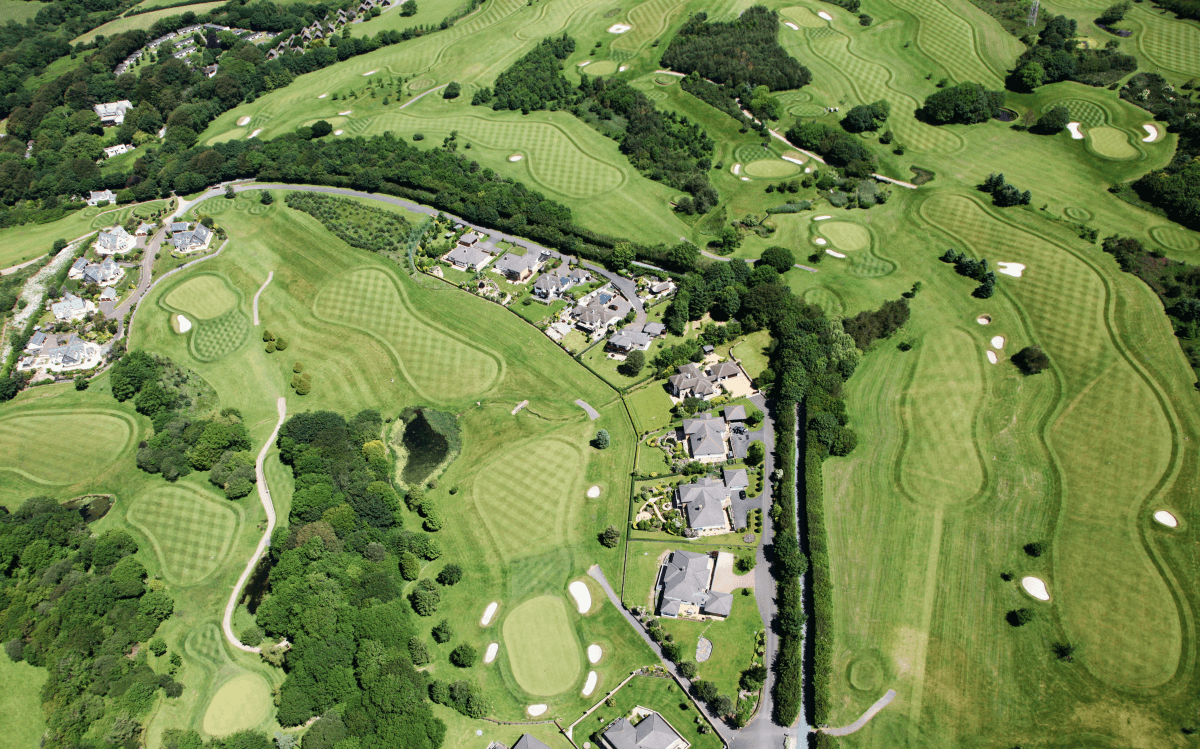Not known Facts About Landscapers
Not known Facts About Landscapers
Blog Article
Indicators on Landscapers You Need To Know
Table of ContentsThe Best Strategy To Use For LandscapersA Biased View of LandscapersThe Buzz on LandscapersThe Single Strategy To Use For LandscapersGet This Report about Landscapers
- A tree or shrub (bush) that loses its leaves in winter season. In the PNW there are semi-deciduous or semi-evergreen plants that might shed their leaves depending on just how chilly the wintertime is. Abelia and some hebe are good instances. Landscapers. - A flat celebration area, made of timber or composite material (made to appear like timber), commonly nearby or affixed to a framework.

- Granite that is weathered to the point that it is a really great aggregate. This is an all-natural procedure, and the result can be used for courses and patio areas. Decayed granite is usually referred to as DG. It is specifically useful in modern landscapes. - Trick landscape attributes being suggested in a landscape design plan.
The Single Strategy To Use For Landscapers
These goals assist the style process, not the developer's design or preferences. Usual style objectives in Portland are reduced maintenance, drought forgiving, and animal friendly. - Refine for removing or thinning the dead lower level of a fully grown lawn. Thatch is yard that has actually passed away and collected listed below the eco-friendly blades.
However, in time this layer can get very thick and make it challenging for water, sun, and nutrients to obtain to sections of the turf.- The procedure of accumulating and managing the flow of water on a residential or commercial property. This can be performed with grading, French drains pipes, completely dry wells, permeable surfaces, sump pump, rainfall yards, and much more.
- A slow feeding irrigation system that utilizes flexible tubing and emitters to send out a specific quantity of water to each plant. - The capability of a plant to make it through without much summertime water.
- A garden feature where water is stood for by an accumulated rock product, usually a crushed rock or granite. These are most commonly located in modern-day and Japanese yard layout.- A stone or natural flagstone patio, path, or walkway constructed without a concrete base. The base would certainly be compacted gravel and the joints would certainly be an aggregate or walkable ground cover.
Not known Incorrect Statements About Landscapers
- A stone maintaining or complimentary standing wall surface developed without using mortar. An extremely proficient mason is needed for a dry stack rock wall. Most walls in Portland are not dry stacked, also if they appear to be. - A below ground structure that collect water and enables it to reduce percolate into the soil around it.
Landscape style that is suitable with a websites' atmosphere in both appearance and sustainability without negative effects to the environment. Edging in the landscape is a line of separation that develops visual passion in the garden by dividing one sector from one more section.
Locations can also sense of "enclosure" provided by trees, other plantings, fencings, or displays. The landscape near the entry to a structure. A tree, hedge or creeping plant, trained to expand on a wall or fence right into a particular pattern. Particularly useful for fruit trees, making it very easy to gather the fruit and including mess.
A plant that is not native to the area where it will certainly be grown. Not all "exotics" are invasive or harmful, and many can be well behaved or drought forgiving (Landscapers). A mass planting of ferns. Thicker bladed turf lawn that spread out via rhizomes.: The degree of dirt on your residential or commercial property prior to bark dust or compost is spread.
The 25-Second Trick For Landscapers

The purpose, reason, or activity that a location is be landscaped for. Stairways operate, for instance, to enable foot website traffic up and down a slope. Room for expanding plants for viewing, consuming, or physical activity. A roofed building used over an exterior event room. The sprouting of a seed, possibly referring to a grass that is being expanded from read the article seed.
Reduced plants that are enabled or encouraged to spread over a location. Can refer to any type of "tough" yard aspects including statuary or stones but most commonly is made use of to check here refer to paths, patios, and walls.: Height difference between the degree of water in a pond (or the degree of the pump if it sits outside the fish pond) and the upper electrical outlet of water which affects performance of the water pump in gph (gallons per hour).

Landscapers for Beginners
A more kicked back yard dominated by rounded instead of straight bed lines and a less stiff structure. Traditional PNW landscapes are informal. A plant that spreads greater than wanted, or into habitats where it does damage. Portland has a checklist of invasive plants that ought to not be set up in landscapes since they can infect forests or rivers and be hard to control.
Can include head positionings and protection, pipe sizing, GPM specifications, and materials needed to mount this system. Licensed specialist that develops landscapes, educated in engineering and design as click for info well as in cultivation.
Landscape developers generally have much less schooling than Landscape Architects and are not certified. A finished landscape design, outlining all components for the new landscape.
Calcium product made use of to raise the pH in dirt, which will make it much less friendly to moss. A water tight HDPE material made use of underneath ponds, streams and waterfalls in water functions. Making use of numerous growings of the very same variety to complete an area in the landscape. This can decrease maintenance and water use in the yard.
Report this page